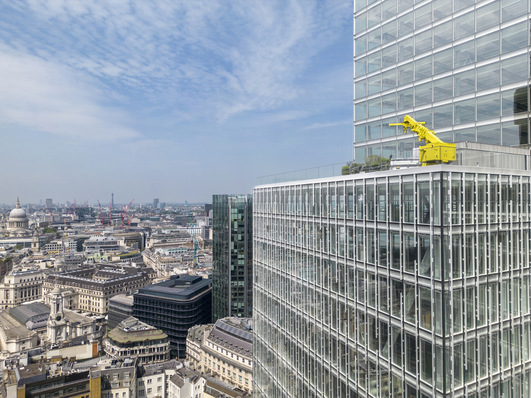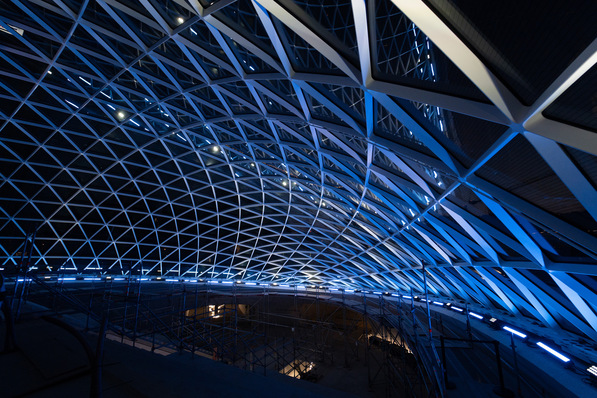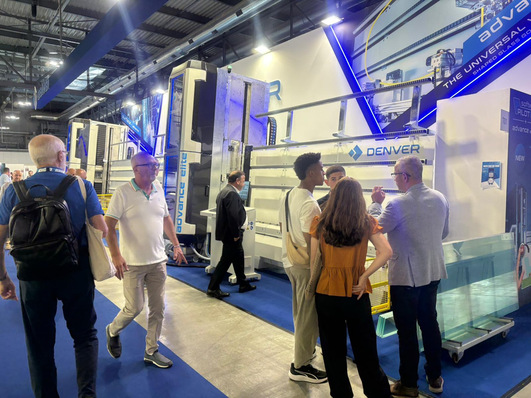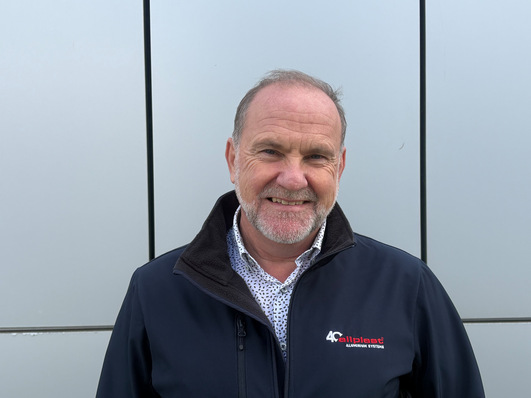The bird-friendly Ornilux mikado A71 glass used in 555 Broadway is based on a mikado-like structure. A total of around 5000 m² of high-quality functional glass was installed in the facade. The planning and implementation of the building envelope was supervised by experts from MW Skins in New York City.
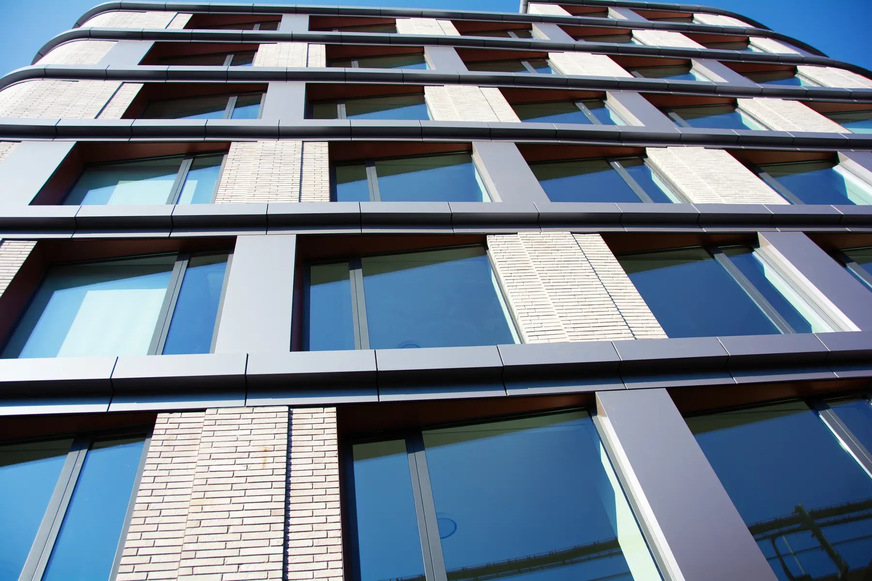
arcon
Bird protection glass from Portugal
Vitro Chaves from Portugal, a member of the Isolar Group, was responsible for the production of the facade glass, including glass finishing and insulating glass production.
Close coordination between all those involved in the project resulted in a high-performance, aesthetically sophisticated building envelope that sets new standards in both design and functionality, as those responsible emphasize.
What the inventor of bird protection glass has to say

Matthias Rehberger / GW
GW News: Mr. Arnold, how long has your company been offering bird protection glass?
Hans-Joachim Arnold: We began developing the first transparent, bird-friendly glass around 25 years ago. As visionaries, we recognized the relevance of sustainability issues even back then – and so Ornilux mikado was the first product of its kind on the market. Today, there is an improved version that is used in many projects worldwide.
GW News: How much experience has Arnold Glas gained with bird protection glass in the meantime?
Arnold: We have carried out around 100 tests with different laboratories worldwide. Tens of thousands of flight tunnel tests with tens of thousands of birds (none of which died...) have been conducted. In addition, we have received positive feedback from all building contractors who have installed a total of over 100,000 m² of transparent, bird-friendly Ornilux mikado glass. We therefore not only have successful product tests to show for ourselves, but can also prove that our product has proven itself many times over in practice.
GW News: Your team is constantly developing bird protection glass. What are you currently working on?
Arnold: The latest bird protection product is Ornilux design lines. These are visible markings on level 1 of the glass panes. This unique coating was developed using a new process that replaces the previous screen printing process. The fine lines are barely visible to building users. The high effectiveness of the markings has already been proven in extensive tests in flight tunnels.

arcon










